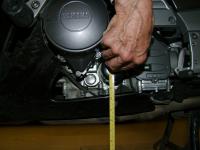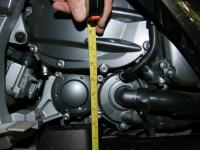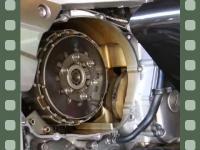RossKean
Well-known member
The residue on the top steel disc looks like far more than I would expect from overnight sticking. I think that the overnight thing is more a function of the friction discs being "glued" to the steels with a thin film of oil - when they "break" away, I don't think there should be visible residue left behind. No oil to be seen in the pictured clutch!
Hopefully, the whole problem goes away after this!! Even if Dave is not getting the dealer to do anything for this, I think some photos and description of the issue should be sent to Yamaha. I would not get the dealer to do this either because I'm sure that they wouldn't give it the care and attention I would.
Hopefully, the whole problem goes away after this!! Even if Dave is not getting the dealer to do anything for this, I think some photos and description of the issue should be sent to Yamaha. I would not get the dealer to do this either because I'm sure that they wouldn't give it the care and attention I would.























































